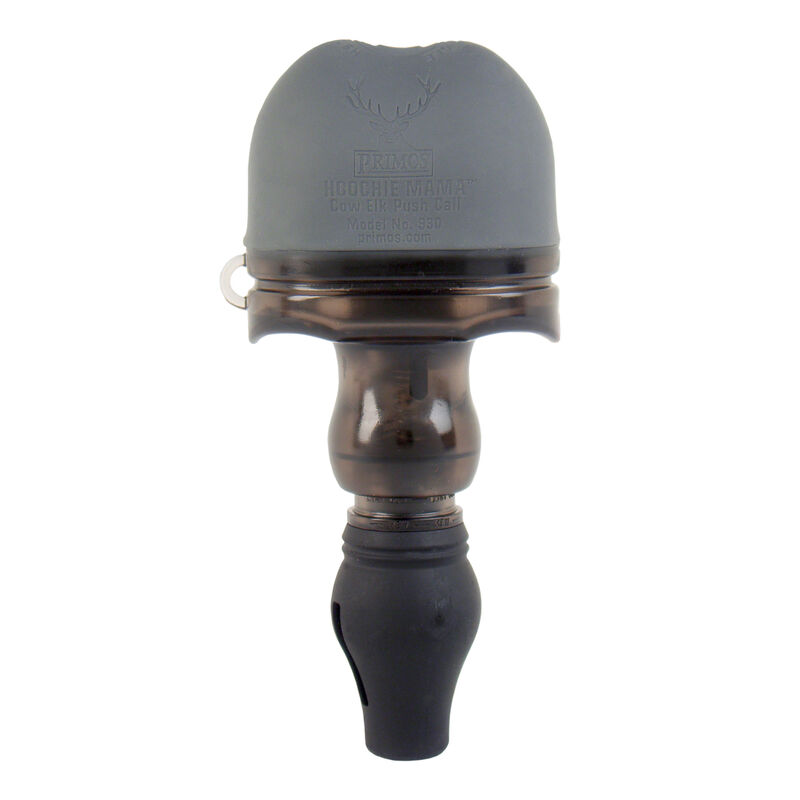Calling Elk
Overview
Elk calling is an art and passion for dedicated hunters. There are two main goals of calling: locating elk and luring elk into shooting range. Most elk calling happens during archery seasons, because this is the time elk are most vocal and respond to calls. That said, some careful calling can be used successfully during later muzzleloader and rifle seasons. This section will introduce you to the variety of elk calls available on the market and tips for using them to bring in your bull.
PRO TIP: All calls are musical instruments. Most take considerable time and practice to sound proficient, while there are some that a five year old can learn in two minutes. To be at your best as a caller, it will pay to try a variety of calls, practice a lot, and get some in-person coaching with an experienced mentor.
Tools of the Trade
Diaphragm Call
These calls are build from latex, a small aluminum frame, and a piece of fabric tape. They are like turkey mouth calls but have no cuts or slits in the latex. To make a sound, the caller puts the call against the roof of the mouth, applies upward pressure with the tongue, and makes a “sssshhhhew” sound. They come in a variety of sizes and latex thicknesses to produce sounds that match the caller’s mouth shape and air pressure. Diaphragm calls are the hardest to master, but provide the absolute most variety and musicality among all elk calls. Plus, they are hands free so it’s possible to call elk without moving — a key skill to have because elk are wary of closeup movement.
Open Reed Call
These calls are made of a hollow barrel and mylar reed. Typically, hunters will carry them around the neck and use as a locator calls as they can be quite loud. They are played similar to a reed instrument like the clarinet or saxophone.

Lil’ Flirt by Rocky Mountain Elk Calls
Bugle Tube
The bugle tube is king.

Unleashed Bugle Tube from Phelps Game Calls
Handheld Calls
Small pump style calls are cheap, consistent, and foolproof to use for people who don’t have the technique or air control to use other elk calls on the market. The Primos Hootchie Mama is best in breed here. Be warned: these calls make one sound only and your elk hunting buddies might accuse you of being a newbie.

Primos Hootchie Mama
Stuff You Find in Nature
Besides mouth calls, there are other ways to sound like elk. Elk are big and make a lot of noise in the woods. Experienced hunters know that you don’t always need to tiptoe around and in the right circumstances, sticks, rocks, and your feet can call elk. You can pick up large dead branches and rake them against trees to simulate an angry bull. You can throw rocks down a hill to sound like fleeing elk. You can crunch around the timber to sound like a herd of feeding elk.
Technique
Here’s some videos that show some elk calling techniques in action. Like there’s no one way to play a song, there’s no right way to call an elk. Experience and personal style will determine how you accomplish the main two goals of elk calling mentioned above: locating elk and luring elk into shooting range.
World Champion Elk Calling Techniques – Joel Turner
Elk Calling Instruction from Jason Phelps
Corey Jacobsen’s Elk Calling Basics
